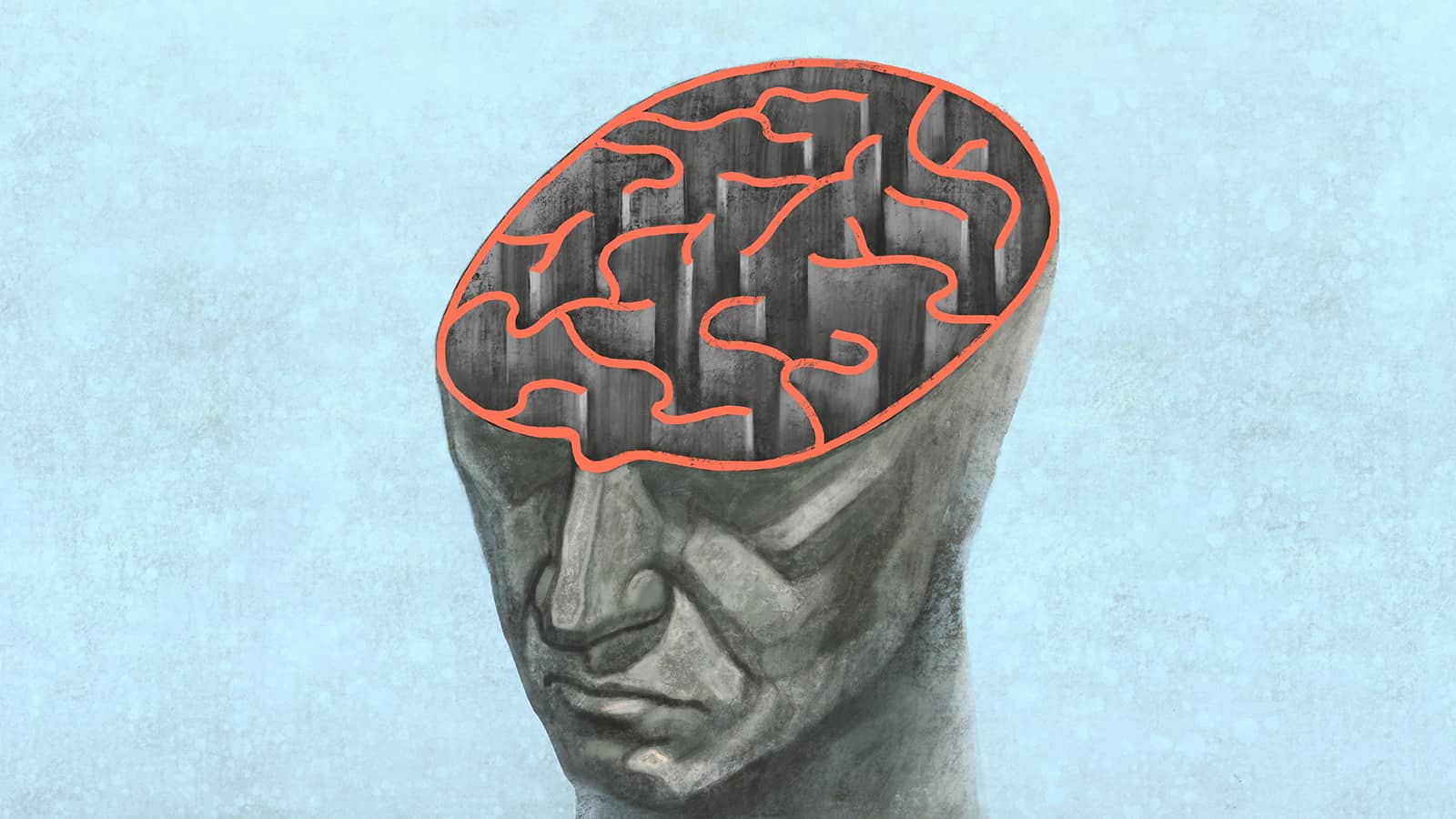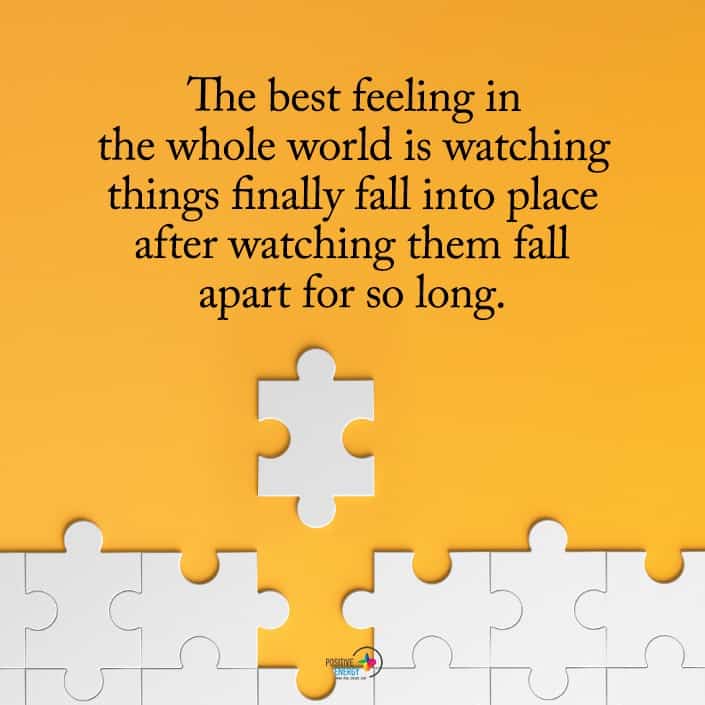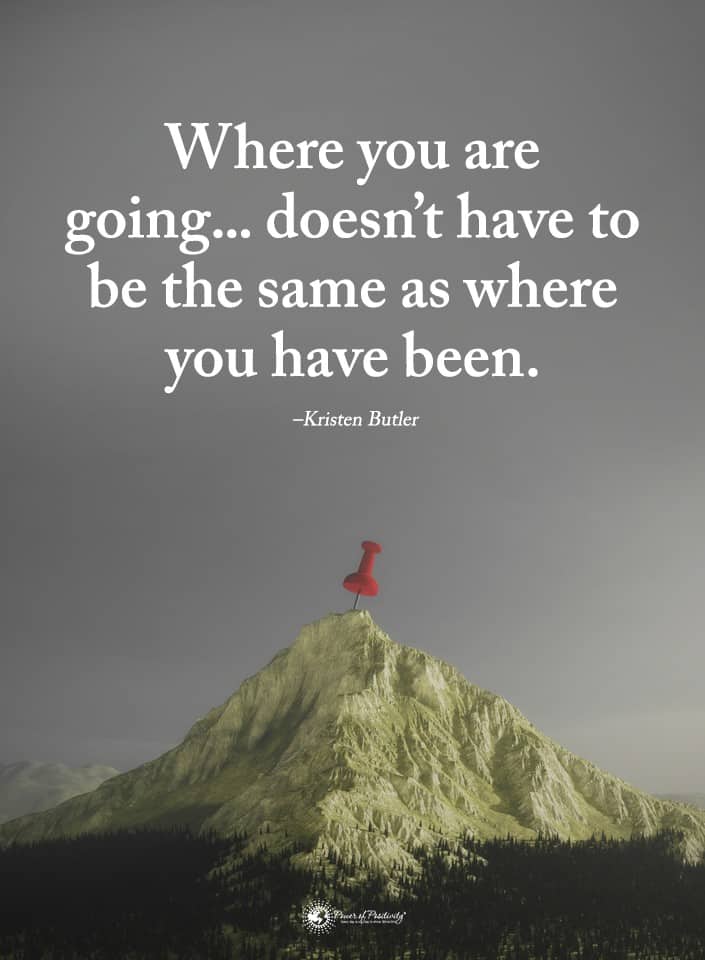Uncertainty has always been a topic of interest for researchers. For years scientists have tried to understand why it affects people the way it does. The question that has always been on their minds is How the brain copes with uncertainty.
Many believe that uncertainty is one of the scariest things the human mind can experience. But why would something that might not even happen scare people so much? And why hasn’t the brain developed a better defense mechanism against this feeling? In the last couple of decades, the body of research regarding this topic has grown.
The consensus seems to indicate that the brain needs to be afraid of uncertainty, and here is why.
What Is Uncertainty?
According to the American Psychology Association, uncertainty happens when the mind is unclear on what will happen next. It can also mean a lack of confidence in your ideas and capabilities. Psychologist Jerome Kagan defined it as an alerted state stemming from an inability to predict the future. Mazen Kheirbek, Ph.D., described it as “not knowing what’s going to happen.”
While this phenomenon has always impacted people’s minds, it has become increasingly more concerning since the beginning of the pandemic. The last couple of years has shown that the human brain is not wired to tackle a continuously changing environment. On the flip side, the pandemic context has provided valuable research possibilities that led to a better understanding of the human brain.
Humans have always been predictable creatures. Even when humans were simply hunter-gatherers, society still followed a specific order. Even back then, people felt the need to be organized, to have an authority figure, and to know their place in society. This desperate need to avoid uncertainty has translated into the modern world. As society evolves and becomes more complicated, the probability to face something unexpected grows higher.
Ever since the pandemic started, there have been more reports of people feeling anxiety than ever. The fact that people don’t know when and if the pandemic will stop doesn’t allow them to create the schedule they can stick to. And, without this order, the brain started to freak out.
An MIT Study Of The Causes Of Uncertainty
Neuroscientists at MIT have located vital brain circuits that guide decision-making when facing uncertainty. They believe that most of the cognition process means handling different types of luck. To assess the world, one needs to use and decode ambiguous information. So, the brain has allocated a particular part of the brain to deal with these issues.
The mediodorsal thalamus is the part that lights up when ambiguous information gets processed. The thalamus is a crossroads within the brain, as it connects distant brain regions. The mediodorsal area sends impulses to the prefrontal context, ultimately making decisions.
Researchers believe that understanding how the brain handles uncertainty is the key to understanding certain conditions, like schizophrenia. If they can understand how the brain is wired regarding uncertainty, they can develop a treatment for such situations. This is plausible, as the symptoms of schizophrenia seem to be partly because of an inability to assess uncertainty.
Patients with this disorder base their values on signals and information most people would consider meaningless. Delusions arise when they fail to understand how unlikely they are. Interestingly enough, the mediodorsal thalamus is less active in people with schizophrenia.
Of course, most people don’t have to deal with the effects of such a severe condition. But that doesn’t mean that feeling uncertainty is easy to deal with.
How The Brain Copes With Uncertainty
Here are the three main ways the brain deals with the unknown.
1. It Learns To Pay Attention To The Signals Around It
The whole process of cognition is based on receiving signals and responding to them. As people have evolved, they have learned to make this process more efficient by relying on past experiences. The brain learns to associate certain stimuli with reactions. It creates an unconditional reflex.
That way, it doesn’t have to go through the whole cognition process to arrive at the correct response. It looks at past solutions that are useable in the present, so it doesn’t have to create a new one. It applies that whenever contexts are similar. If you risk getting hit by something, you will automatically protect yourself by raising your arms in front of your face.
You do this without thinking about how to act in that situation. You already know based on past experiences that being hit is terrible and that you should avoid it. Your body automatically works to protect itself. Dealing with uncertainty eliminates all possibilities of relying on past experiences to arrive at the correct course of action for the present.
Information overload
When you’ve never had to deal with that set of stimuli and that context before, none of your past experiences will be able to guide you through the decision process. That means the brain has to pay attention to as many signals around it as it can. The more stimuli can interact with, the more prepared it can be to face the unexpected.
Realistically, there is much more information surrounding people that the brain can process. So, it has to find a way to filter what input it wants to compute and what information isn’t relevant. Without this filter, the sensory input would overwhelm the brain, rendering it unable to function. This is where attention kicks in.
Attention is a system that allows the brain to direct computational resources to a specific subset of information. This way, you maximize input while ensuring your brain doesn’t get overloaded. And, when you decide certain information is vital, you can make your brain direct all of its attention towards that.
When dealing with uncertainty, the process of attention is on high alert. The brain closes itself off from all unimportant issues, focusing on stimuli that regard that unexpected situation. Filtering information allows the brain to stay alert without overworking. Once this first step is done, the brain can move on to the second step.
2. It Decodes Ambiguous Information That Causes Uncertainty
Uncertainty is scary because you don’t know whether the outcome will be harmful or not. That’s why the brain associates high levels of anxiety and fear with uncertainty. But there are specific frameworks through which to decode ambiguous information.
MIT researchers found that a healthy brain tries to sift the information it receives by first deciding whether the situation is threatening or not. First, it determines whether that uncertain context is meaningful or not. For example, you might not be sure if it will rain or not, but if you stay inside all day, it doesn’t even matter, so that ambiguity won’t affect you. But if you decide to go outside, the weather conditions will matter. By receiving all the necessary information, the brain can start to understand what that ambiguity means to it. It knows whether to shrug it off or to take it seriously and try to gain some control over the situation.
This is how people create their reality. They sift information through pre-existing frameworks, and they decide whether to discard it or not. It also helps you prioritize situations based on how fast to resolve it. If you’re dealing with an uncertain event that won’t affect you for a couple of years, your brain will dismiss it.
It will come back to it only when it becomes relevant for your present life. If that uncertain context impacts you right now, your brain will make it a priority. It will send it up to the prefrontal cortex in hopes of coming up with a plan. And that’s how you get to the third and last step, dealing with the effects of the stimuli.
3. It Makes Conscious Decisions
The last step when dealing with uncertainty is developing a game plan for tackling the issue. That means deciding on a course of action based on the risk-reward trade-off. One thing to keep in mind is that the brain is often biased. It tries to rely on past experiences and pre-existing responses even when they are not applicable.
The brain is uncertainty adverse, so it will probably try to convince you to act as safe as possible and take no risks. In situations like these, you need to stay logical and make a fair analysis of the risk-reward trade-off. Don’t just give in to instincts, but try to think objectively about the information you’re assessing.
The prefrontal cortex will help you come up with a plan of action. You might feel jitters through this process, but that’s a good thing. That’s a result of the brain reconfiguring itself to maximize chances of success in the face of the unknown. As long as you stay rational, your brain will offer you all the tools you need to create the best plan.
The brain will start to create new pre-existing responses after seeing the outcome of this situation. What seemed uncertain before will now be something you’ve already been through. Your brain will be better suited to tackle a similar issue in the future.
Final Thoughts On How The Brain Copes With Uncertainty
Since the beginning of time, uncertainty has been one of the scariest things humanity has had to deal with. As society evolves and people’s lives become more and more complicated, the risk of uncertainty has increased substantially. Fortunately, the brain has devoted an entire circuit to dealing with the unknown.
Firstly, it pays attention to the signals around it while filtering the information it receives. It decides whether the information is relevant or not, and then it discards everything that’s not important. This way, it can focus and prioritize things that affect you. After that, it tries to decode ambiguous information by sifting it through pre-existing frameworks.
This aims to decide whether the information is threatening and how quickly to resolve it. Once that’s settled, the brain moves on to the last step, planning. It analyzes the risk-reward trade-off and aims to make the most fruitful decision for you.

















 Community
Community

